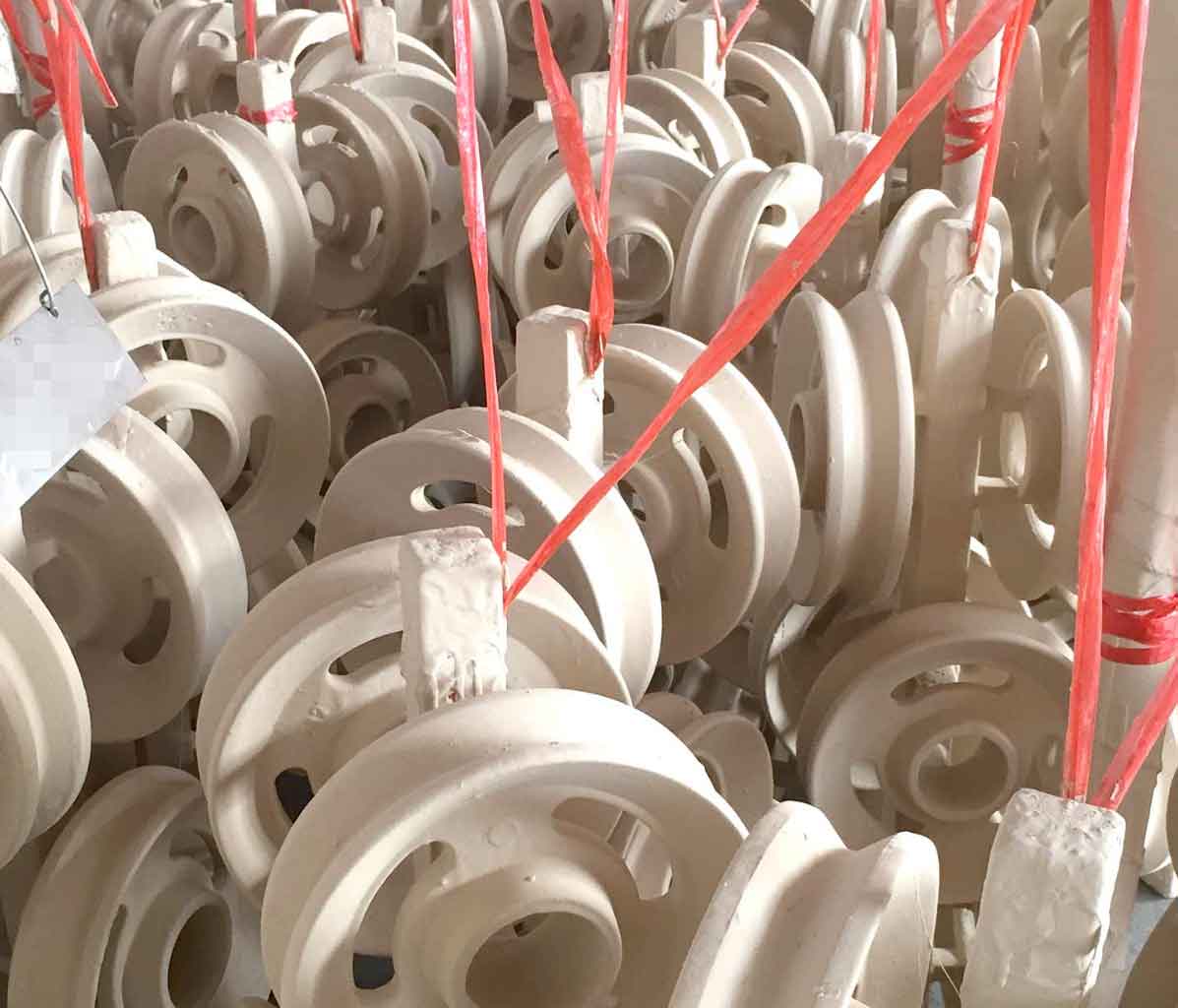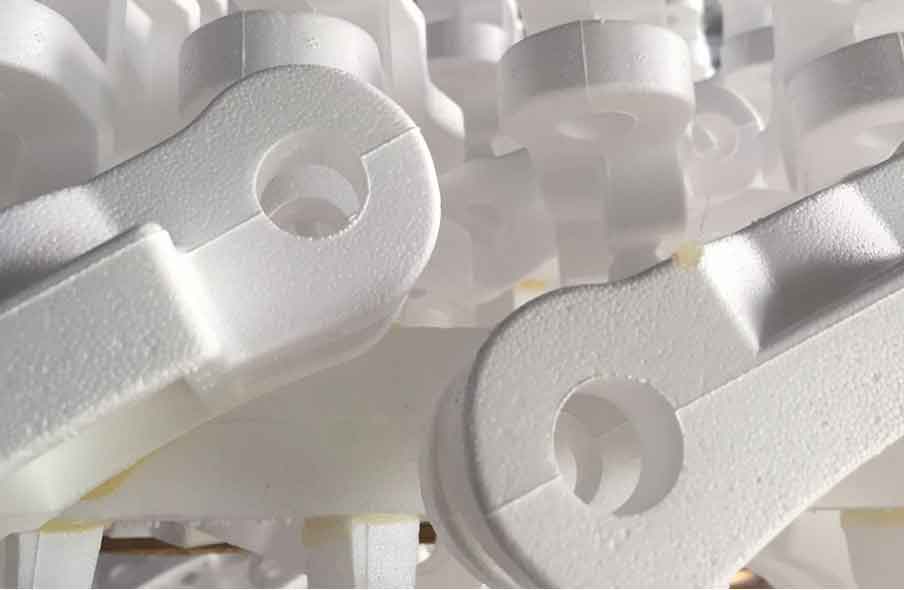Although the lost foam casting technology has been widely used in the production of cast iron alloys, the solidification of cast iron alloys is a complex physical metallurgical process. The characteristics and laws presented in the lost foam casting process of cast iron alloys need to be further studied, including the filling characteristics of cast iron alloys, the properties of lost foam casting coatings, and the pyrolysis characteristics of patterns, And the insurmountable casting defects in the lost foam casting process of cast iron alloy, such as box collapse, carburization, sand inclusion, sand sticking, deformation of casting parts, etc. According to the characteristics and existing problems of lost foam casting of cast iron alloy, researchers and technicians at home and abroad have carried out a lot of research work.

Among the research results of lost foam casting of cast iron alloys, the research on the pyrolysis characteristics of mold filling and pattern of cast iron alloys is the most. Mirbagheri SMH and ohnaka I et al. Studied the gas pressure calculation model between melt and pattern during foam decomposition in lost foam casting process, and verified the simulation results of the gas pressure calculation model by experimental method, thus ensuring the reliability of the calculation model. Liu y and bakhtiyarov Si et al. Established the hot pressing relationship in the cavity during the lost foam casting process by using computer aided temperature and pressure measurement technology, and calculated the size of the pattern decomposition zone at the metal / pattern interface by using the experimental data. Liu y et al. Studied the gas evolution characteristics of foamed plastic patterns in the process of lost foam casting based on the hot pressing relationship of lost foam casting.
Li F J Established the mathematical simulation model of the interface movement of Jinli / pattern by using the characteristics of lost foam casting and neural network technology; In order to calculate the position of the interface, the researchers also calculated the fluid flow and temperature distribution in the mold filling and solidification process. At the same time, the shrinkage and other defects in the lost foam casting process of ductile iron were predicted, and the simulation method was used to optimize the design of the lost foam casting ductile iron parts. Lipinski DM Combined the sub grid and grid model to build the mathematical model of lost foam casting, analyzed the decomposition kinetics of foam pattern by using Arrhenius law, and discussed the heat and mass transfer at the reaction zone and pattern interface, the phase change phenomenon of glass transition temperature, and the influence of decomposition products of foam pattern on the mathematical model, The mathematical model was verified by lost foam casting experiments of cast iron and steel castings. Gurdogan O and khoda m analyzed the formability of alloy lost foam casting.

The researchers have done a lot of in-depth research on the mold filling problem in the lost foam casting process, built a mathematical model based on different theoretical basis, and verified the correctness of the mathematical model with the help of experimental methods. In addition, the researchers attached great importance to the research on the defects and solutions in the lost foam casting process, carried out relevant research work around the carbon black and wrinkle skin defects in the lost foam casting process of cast iron alloy, and put forward corresponding solutions, such as developing new foam materials. Sun WL, Chen Jie, et al. Studied the pore defects in the lost foam casting process of cast iron alloy, and analyzed the mechanism of the defects.
In addition to studying the filling characteristics, pattern decomposition characteristics and defects in the process of lost foam casting of cast iron alloys, the researchers also studied the effect of lost foam casting on the microstructure and properties of cast iron alloys and the lost foam casting process of metal castings. He w h et al. Pointed out that using stmma as foam material can significantly reduce the carbon defects of castings. In addition, many researchers have studied the lost foam casting production process of castings, and put forward process improvement measures for specific parts, such as engine cylinder head, nodular cast iron automotive planetary gear frame castings, low-carbon nodular cast iron grinding balls, etc. Some researchers inserted copper wire into the lost foam casting foam pattern for modification when preparing gray cast iron. The results showed that the inserted copper alloy changed the graphite of gray cast iron from A-type flake graphite to B-type, D-type or E-type graphite. However, chakherlou t n et al. Compared and analyzed the fatigue properties of lost foam casting and sand cast ductile iron. The results showed that the fatigue properties of lost foam casting ductile iron were lower than that of sand cast ductile iron due to carbon black defects in lost foam casting ductile iron.
Although researchers have carried out a lot of research work on the key technologies and theories of lost foam casting iron alloy, and paid attention to the defects in lost foam casting iron alloy, the problems of coarse structure and low mechanical properties of lost foam casting iron alloy due to slow cooling rate of dry sand compaction have not been effectively solved, Therefore, a lot of research work is still needed in the lost foam casting technology and control theory of cast iron alloy.
